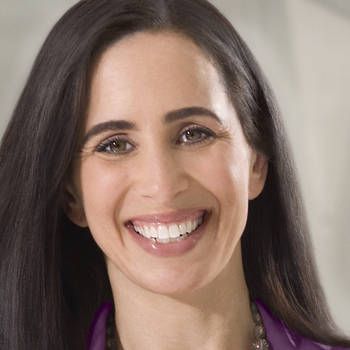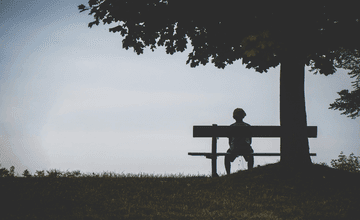The Guilt-Free Morning Routine: A More Workable Way to Start the Day Right

Vector image is from freepik.com by @freepik
If you listen to self-help podcasts, audiobooks, or thought leaders, you’ll soon find one suggestion in almost all of them: develop a morning routine. The morning routine is designed to make us feel good and ready for the day ahead, but in reality, it can accidentally make us feel bad about ourselves.
As we sit at the feet of these high performers, we hear about the myriad morning activities they engage in daily, which include meditation, morning walks, getting sunlight, exercise, journaling, reading spiritual literature, writing gratitude lists, taking ice-cold showers, and drinking salt water (not kidding).
“Morning routines” at this scope sound inspiring but are also guilt-inducing and practically impossible for most people.
What’s not often highlighted is that many of these morning routine celebrities are younger men who work for themselves and don’t have kids. As a result, their advice sometimes feels disconnected from the realities of people waking up to toddlers or teenagers or people heading to early morning jobs with bosses and time clocks. I once wrote out everything I wanted to do in an ideal morning routine, and it required two and a half hours. Who can do that?
Another interesting aspect of the omnipresent morning routine advice is its clash with another widely advocated wellness pillar: sleep. There are books, gadgets, apps, classes, and of course, TED talks about sleep. Why? We’re learning that sleep is central to almost everything we value in our mental and physical health, from cancer prevention to longevity to memory enhancement. And for children (and the rest of us), it’s the starting point for emotional regulation, learning, good moods, and the general calm every family and home needs. It’s puzzling then, that many morning routine recommendations involve setting a 4:30 or 5 am alarm. What’s a conscious individual to do when caught between these two priorities?
I’m a firm believer in some form of morning routine. I resonate with Tim Ferriss’s rallying cry: “Seize the morning, seize the day.” That’s what I strive for, albeit imperfectly.
Discover: Top 10 Ways to Prepare Yourself For A Great Day at Work
The routines I practice and promote are simple, flexible, super realistic, and based on the principle of “good enough.”
Here are three approaches to your own morning routine that might better serve you:
Option #1: The PM-Prep Routine—Prepare everything for your day the night before to free up more time each morning so that whatever you do plan has a higher chance of happening.
Option #2: The Accordion Routine—Create a list of activities you commit to, doing them in the same order daily but with durations that vary based on available time. For example, on a leisurely day, I might get in a 45-minute workout, but on a hotel day before an event, 5 minutes of yoga in the room might have to suffice.
Option #3: The Daily-Design Routine—Choose from a short list of activities you know and like, doing some and skipping others, depending on the time you have each morning. Some days I meditate and some I walk and some I read inspiring literature, but I may not always do the same routine.
Here is the ultimate key: begin each day with intentionality. Do that in any form, and you win.
As you contemplate your morning routine, remember that the wonderful meditation teacher Dan Harris says he fulfills his commitments daily-ish. I think “daily-ish” is a perfect goal. Yes, start each day with a moment of clarity, but in a way that sets you up for a feeling of success.
This article was also published on Juliet Funt's LinkedIn
Edited by: Kiran Tuljaram
Personal
Tags: Wellness





